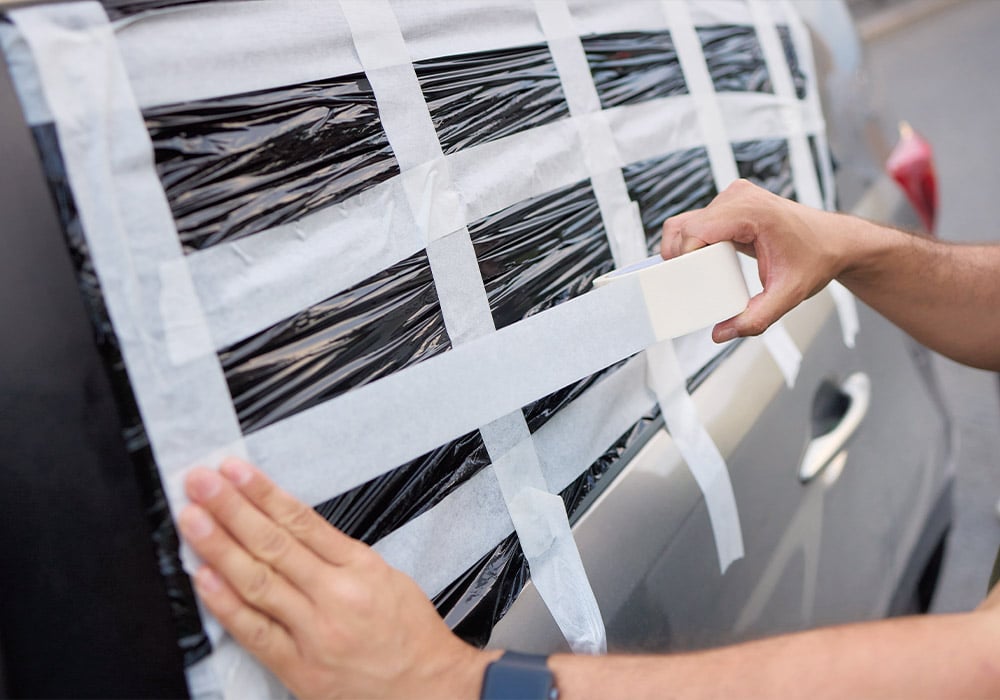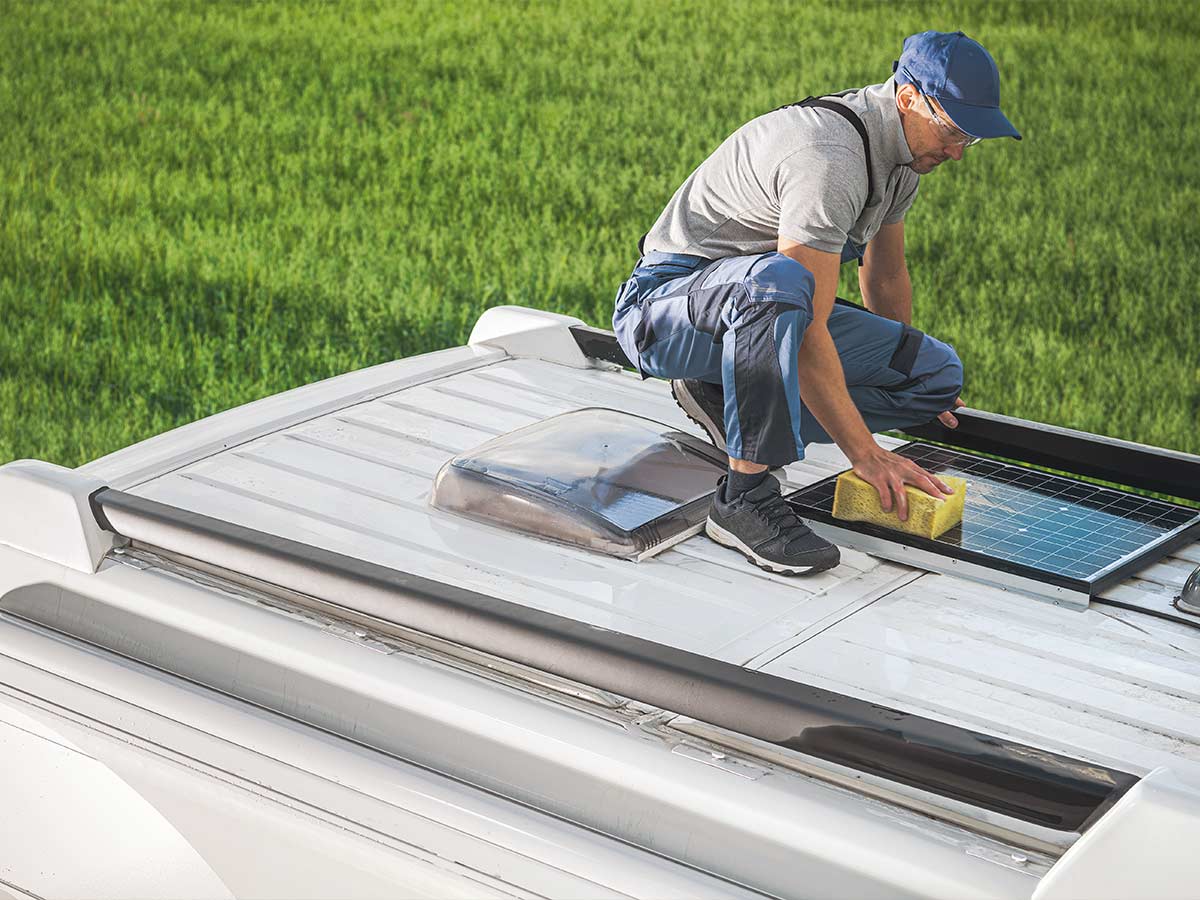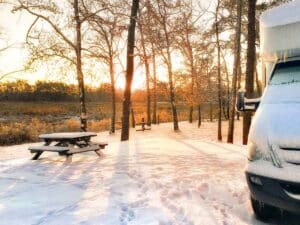In our new Motorhome Maintenance column, industry expert Andrew Tapp (Platinum Motorhomes and RV Inspections Ltd) shares his top tips and personal observations from 20+ years in the motorhome industry.
We all know it’s important to look after our motorhomes but what are some essentials you can do to instantly extend the life of your RV?
Here’s my advice to help you protect your RV after a summer at the beach and out on the back roads of New Zealand. I’ll take you through what you should be doing regularly and what to do if you find yourself in a spot of bother.
While we may enjoy the sun and the salty breeze by the coast, our motorhomes do not. Combine that with the inevitable film of road dust and you’ve got a recipe for maybe not quite disaster, but definitely something that’ll take years off your RV’s life if not addressed.
The best form of maintenance is preventative
The most important – and simple – advice I can give is to wash and clean the exterior of your motorhome and caravan every two weeks to prevent dust and dirt buildup on paint, plastics and solar panels. Dust and dirt hold moisture, and the sun will bake it on, just like on your car.
Washing regularly will extend the life of these components by a considerable amount and will also give you the maximum output from your solar panels, as even the tiniest layer of dust significantly reduces effectiveness.
The interior of your RV needs regular attention, too. Make sure you clean, vacuum and wipe down to prevent dust and dirt buildup on all surfaces. I also highly recommend lubricating door hinges, drawer runners and push locks to ensure smooth operation.
Even when your RV is parked up, it pays to fully run all equipment every two to four weeks to ensure reliability and to check for faults. It’s not good for the engine or the equipment onboard to sit unused for too long.
Recommendations
- Inspect your exterior bi-monthly to catch things early
- Wash the exterior every two weeks
- Regularly check your solar panels for dust
- Fully run all equipment every two to four weeks
- Flush out tanks every four weeks to prevent contaminants
- Flush out water filters every three to six months (depending on use)
- Lubricate door hinges, drawer runners and push locks
When things go wrong

My aunt and uncle’s car recently broke down while they were towing their caravan, and they had no way of moving over to the side of the road. What made it even worse was that they’d broken down just over the crest of a hill and around a sharp corner. Not the safest place to be stranded!
So, my first recommendation for what to have onboard your RV is a safety triangle. The second is a battery pack so you can charge your phone and call for help. But beyond that there are a few other essentials that you should have in your emergency toolkit as a motorhome or caravan owner. With these onboard, you will be able to tackle the most common fixes while on the road.
Emergency Toolkit Checklist for motorhome owners
Duct tape – to tape over cracks and leaks, and to secure flapping parts like a broken awning, loose window or exterior locker, etc. I recommend white duct tape as darker colours get too hot in the sun and curl up.
Cable ties – to hold up loose or broken cables, pipes and wiring looms under the RV. This will prevent them touching the exhaust, the drive shaft or dragging along the road surface.
Sheet of heavy-duty plastic – to cover broken windows and hatches to keep your RV watertight. You’ll need duct tape to secure it.
Spanners + Pliers – to tighten any bolts that have come loose due to movement (think bumpy roads or potholes!) and for getting a grip on small parts such as blown spade fuses in the electrical circuit which can be difficult to remove with your fingers.
Screw drivers – to adjust doors and drawers and tightening loose screws. Often joinery in motorhomes is only attached to the walls or floors with plastic clips or screws and can come loose as your RV twists and flex while being driven.
CRC – to lubricate hinges, locks and lock barrels. It’s also useful for rusty bolts or if you want to undo bolts. It’s called a ‘toolbox in a can’ for a reason.






